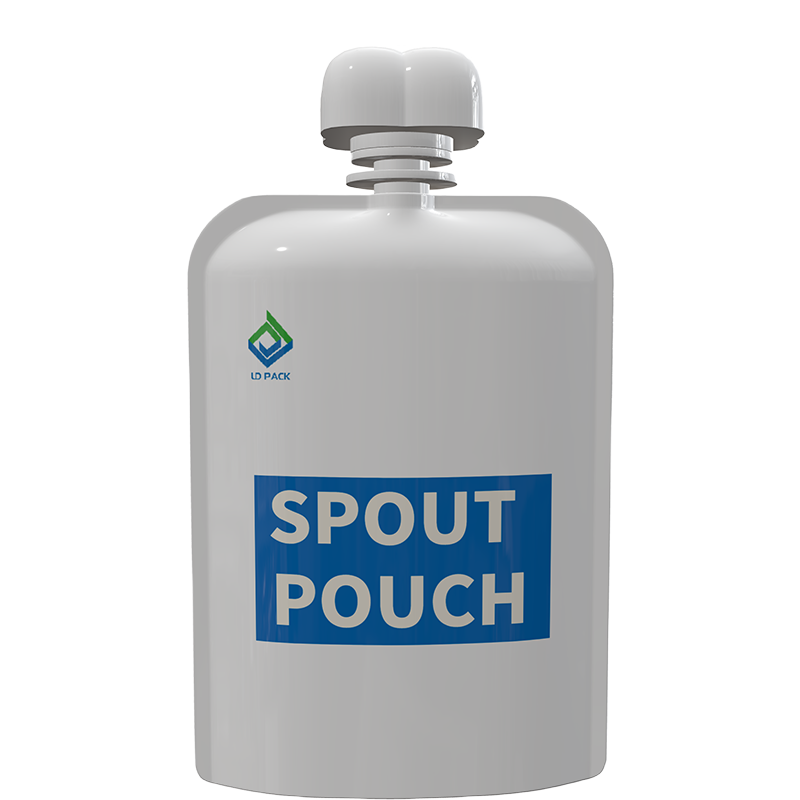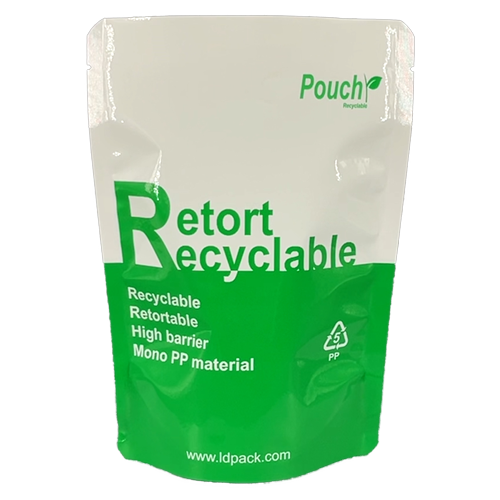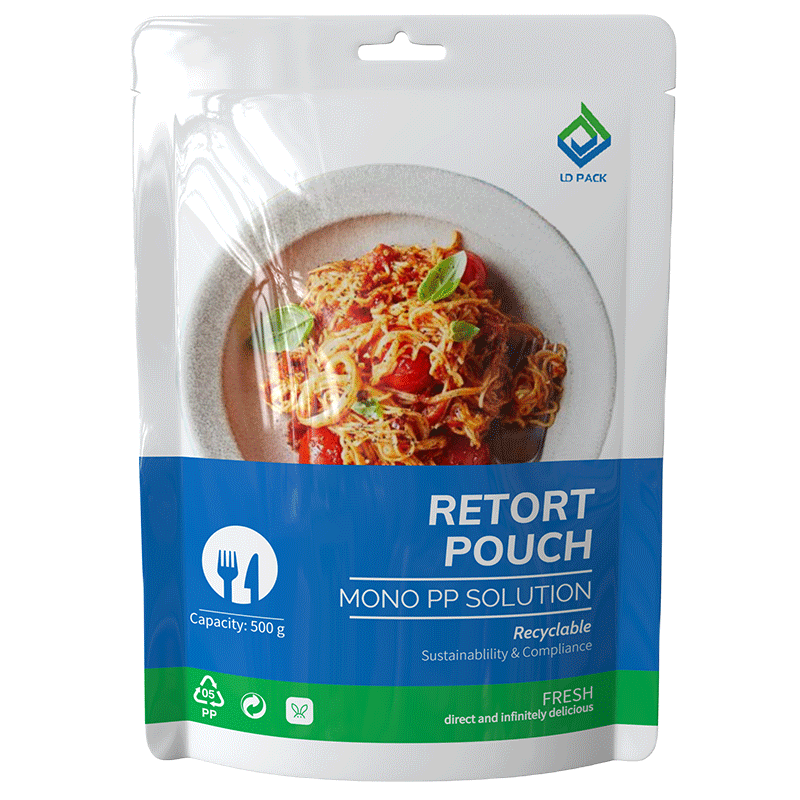Retortable Packaging: Pasteurization
I. Definition
Pasteurization, also known as low-temperature disinfection or cold sterilization, is a method of disinfection that kills bacteria at relatively low temperatures. Widely used in food processing, it preserves the freshness and taste of food while minimizing the loss of nutritional components.
II. Main Principles
During pasteurization, the mixed ingredients are heated to 68-70℃for 30 minutes. It is sufficient to kill most pathogenic bacteria and pathogens at this temperature and duration while preserving the texture and flavor of the food. The product is then rapidly cooled to 4-5 ℃ to prevent bacterial regrowth.
III. Comparison between High-Temperature Sterilization & Pasteurization
• Temperature and Time: Pasteurization uses relatively lower temperatures (68-70 degrees Celsius) and shorter duration (30 minutes), while high-temperature sterilization typically requires sterilization at above 135 ℃ for several seconds.
• Flavor and Texture: Pasteurized products retain a taste closer to fresh, whereas products from high-temperature sterilization might have a cooked or boiled taste.
• Nutritional Loss: Pasteurization results in fewer nutritional losses compared to high-temperature sterilization, which, while ensuring long shelf life, may lead to the loss of vitamins and other micronutrients.
• Storage Conditions and Shelf Life: Pasteurized products can be stored for 3 to 10 days at 2-8 ℃, whereas high-temperature sterilized products can usually be stored at room temperature for 3 to 6 months, and bagged high-temperature sterilized products can last up to 1.5 months.
IV. Applications of Pasteurization
• Dairy Products: Milk, yogurt, etc.
• Juices and Beverages: Orange juice, apple juice, etc.
• Tea and Coffee: Green tea, coffee, etc.
• Pastries and Desserts: Cream, jam, etc.
V. Research and Prospects for Alternative Methods
With advancements in food science, people are studying more advanced sterilization technology to replace the traditional pasteurization and high temperature sterilization, such as pulse electric field technology, ultra-high pressure treatment technology, etc.
1. Ultrahigh-temperature Sterilization
Advances in technology have also led to the use of ultra-high temperature sterilization (UHT), which is instantaneous sterilization of milk above 100 ℃, but is heated for a very short time and results in little damage to nutrients. The shelf life of milk processed in this way will be longer, and most of the milk packaged in cartons uses this method.
2. Sterilization Storage Technology
When using the biological effect of pulse discharge to kill bacteria in liquid medium, the sterilization equipment is generally composed of two parts: the pulse discharge power supply and the direct sterilization room of liquid material. In the pulse discharge sterilization, the liquid material will be placed in the gap between two electrodes of the sterilization room, or flowing continuously between these two electrodes. When a pulsed electric field with a certain intensity and frequency is applied to the two electrodes, it will generate a very strong biological effect to kill the bacteria in the liquid.
3. Electrolysis Sterilization
In a conductive solution, the REDOX reaction will be caused by the exchange of electrons at the interface between the electrode and the solution, which is divided into two kinds: one is under the action of external electrical energy, and the other is no external power supply but by external light energy, heat energy or other forms of energy excitation.
4. Alternating Current Sterilization
It generally refers to kill the microbial bacteria by putting low frequency alternating current, below hundreds of Hertz, into the fruit and vegetable juice. And there is an extended usage to use thermal effect of alternating current, also known as resistance heating technology, which is to use the resistance thermal effect of conductive liquid in a continuous flow to heat, so as to achieve the purpose of sterilization.
5. Ultrasonic Sterilization
Using the cavitation effect, mechanical effect, chemical effect, thermal effect, dispersion effect of ultrasonic wave while propagating in solid, liquid, and gas to kill the bacteria.
6. Laser Sterilization
Laser is not only a kind of electromagnetic wave, but also a kind of energy flow (photon flow). It can be used to kill bacteria through some special biological effects, such as chemical reactions, thermal effects, electronic effects, pressure effects, biological stimulation effects etc.
7. Pulsed High Light Sterilization
The strong white flash technology for sterilization is generally used to deal with food surface sterilization, extending the shelf life of pre-packaged food with transparent packing materials.
8. Magnetic Field Sterilization
Both constant magnetic field and pulsed magnetic field can effectively inhibit the growth of some microorganisms and bacteria. When it reaches a certain magnetic field strength, it can inactivate biological macromolecules such as enzymes, amino acids, nucleic acids and proteins by inhibiting free radical activities of food and affecting the activity of proteins and enzymes, thus killing bacteria.
9. Microwave Sterilization
(1) The thermal effect of microwave energy: Under a certain intensity of microwave field, insects and bacteria in food will absorb microwave energy to heat up due to molecular polarization, thus making their proteins denatured and losing biological activity. The thermal effect of microwave mainly plays the role of rapid warming and sterilization.
(2) The non-thermal effect of microwave energy: The high-frequency electric field also changes the membrane potential and polar molecule s structure, so that the proteins and physiological active substances in the microorganism mutate and lose vitality or death. It plays a special role in the sterilization of conventional physical sterilization, and is also one of the causes of bacterial death.
VI.Conclusion
When choosing a retort packaging, the manufacturer should choose the appropriate sterilization method according to the product nature and market demands. Pasteurization, a more traditional method but still widely used, preserves the taste and most nutrients of food. However, the emergence of new sterilization technologies has brought more possibilities to the food processing industry, which are worth exploring and applying in our future research and practice.



